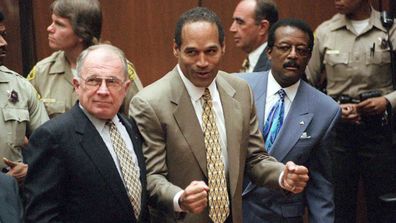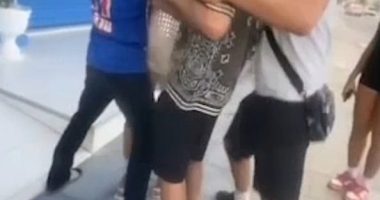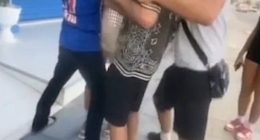The AEC said while the signs – which urged Australians to vote yes – featured the correct authorisation, they were composed of “white writing against a background that is a similar shade of purple to the AEC’s longstanding branding”.
Additionally, the signs were found close to the AEC’s own purple-and-white signs denoting a voting centre.

The AEC, a non-partisan body, said the campaign signs had been placed by the Yes23 campaign and could mislead a voter about the source of the message on the sign.
The AEC said it asked Yes23 to make sure their signs are not placed near AEC voting centre signs.
“The Yes23 campaign has agreed to comply with this request,” the AEC said in a statement.
Read Related Also: Here's What Megan Thee Stallion Looks Like Without Makeup
The AEC has consistently asked political campaigner to steal clear from potentially “misleading” uses of purple and white signage.

How ill-fitting glove turned ‘trial of the century’
However, it has no legal authority to enforce this.
“Requests from the AEC to campaigners to adjust or rectify concerns regarding signage outside of voting centres occurs frequently at every electoral event,” the AEC said in its statement.
“The AEC’s experience is that, in the vast majority of cases, the authoriser of the signage complies with an AEC request.”




